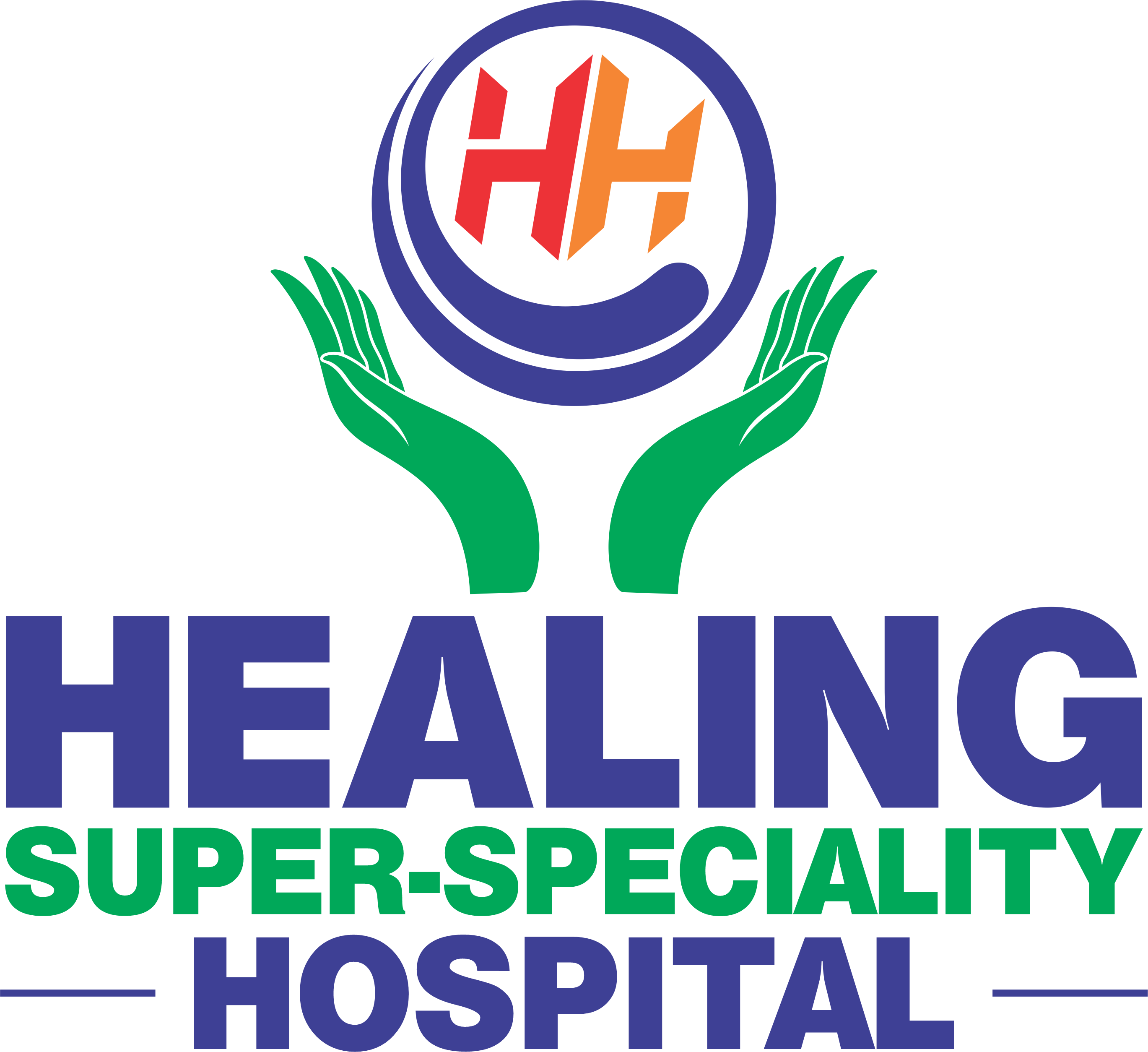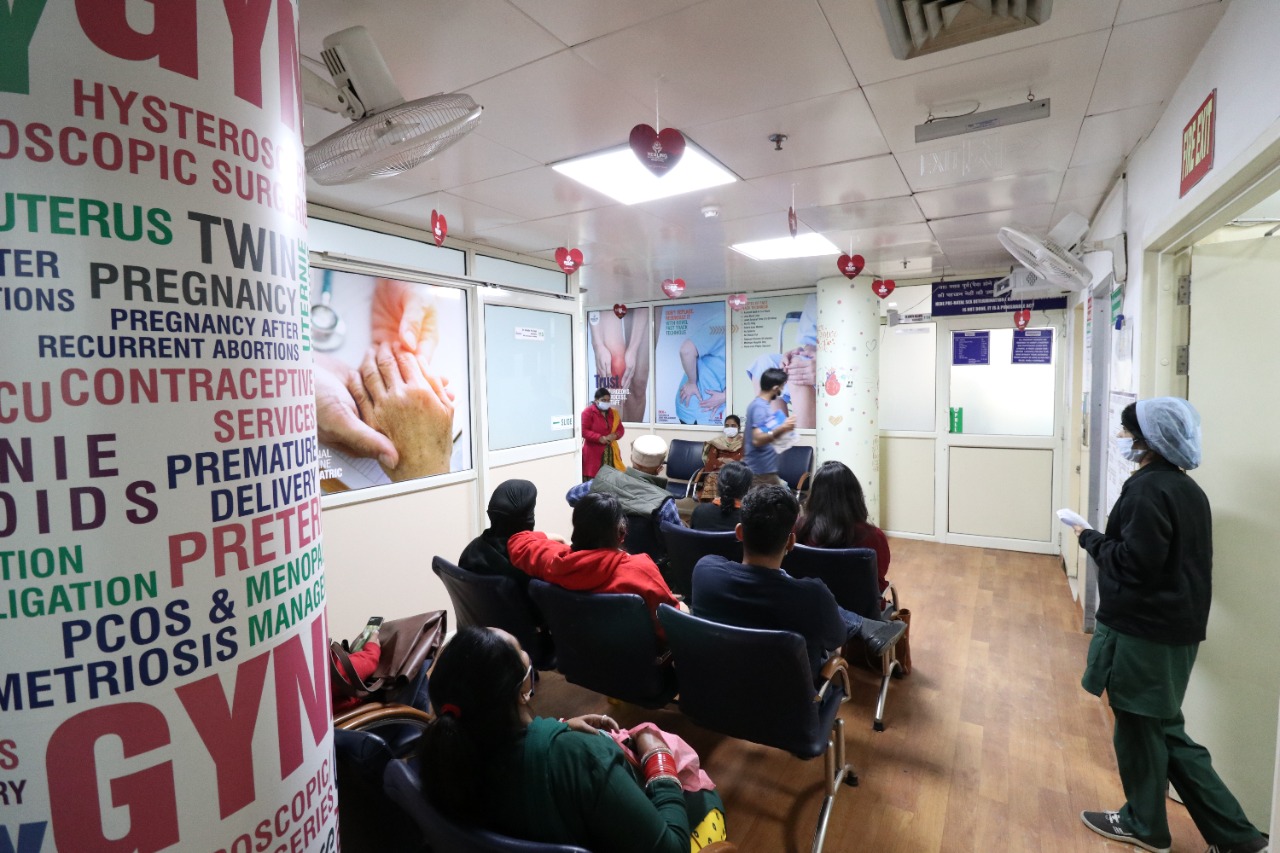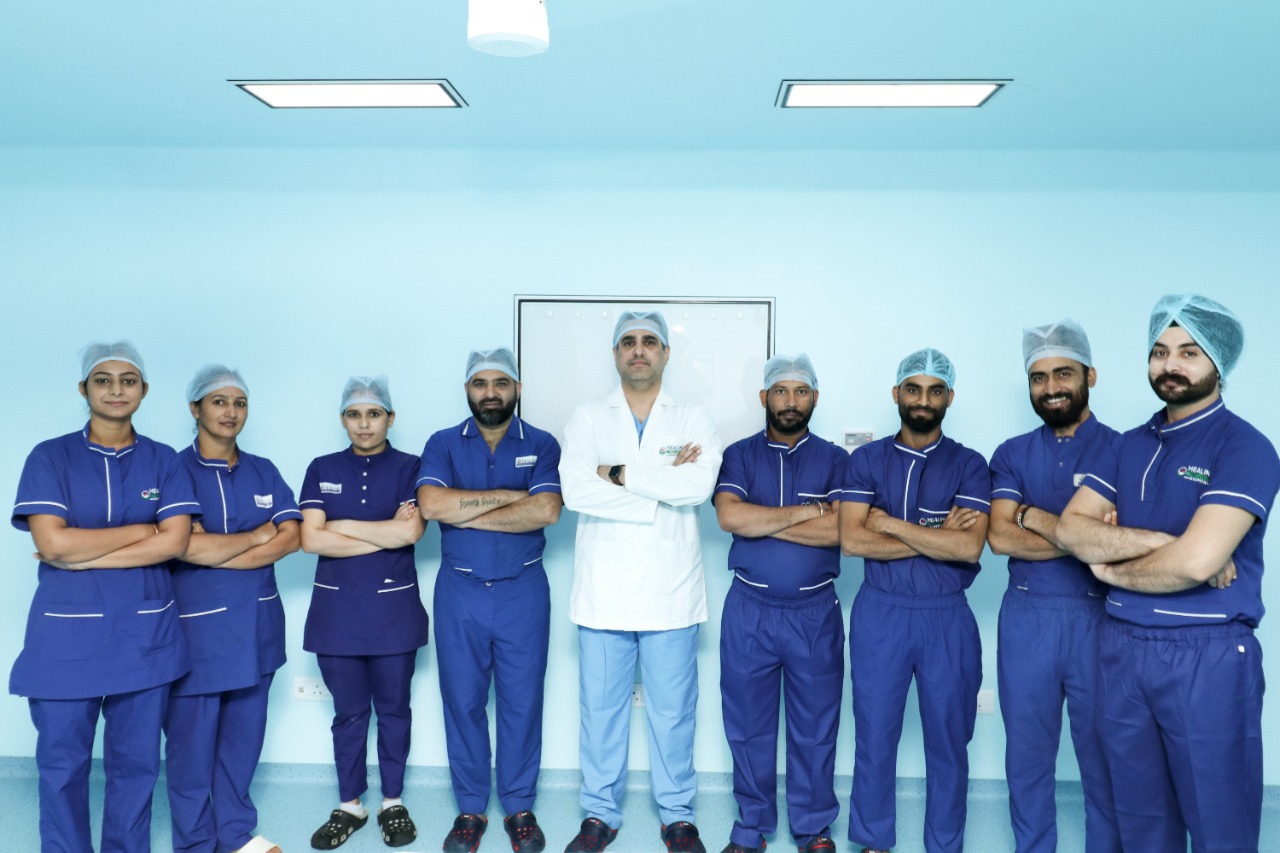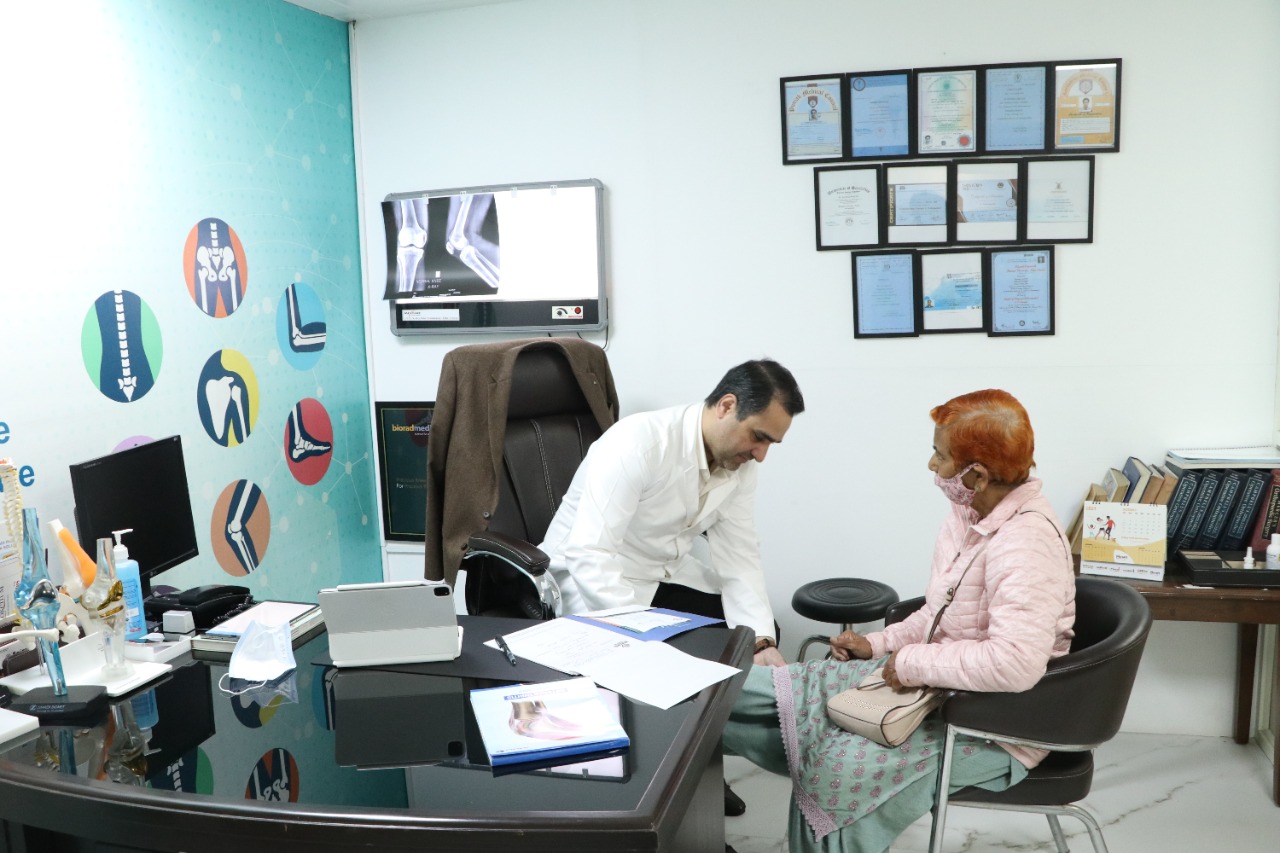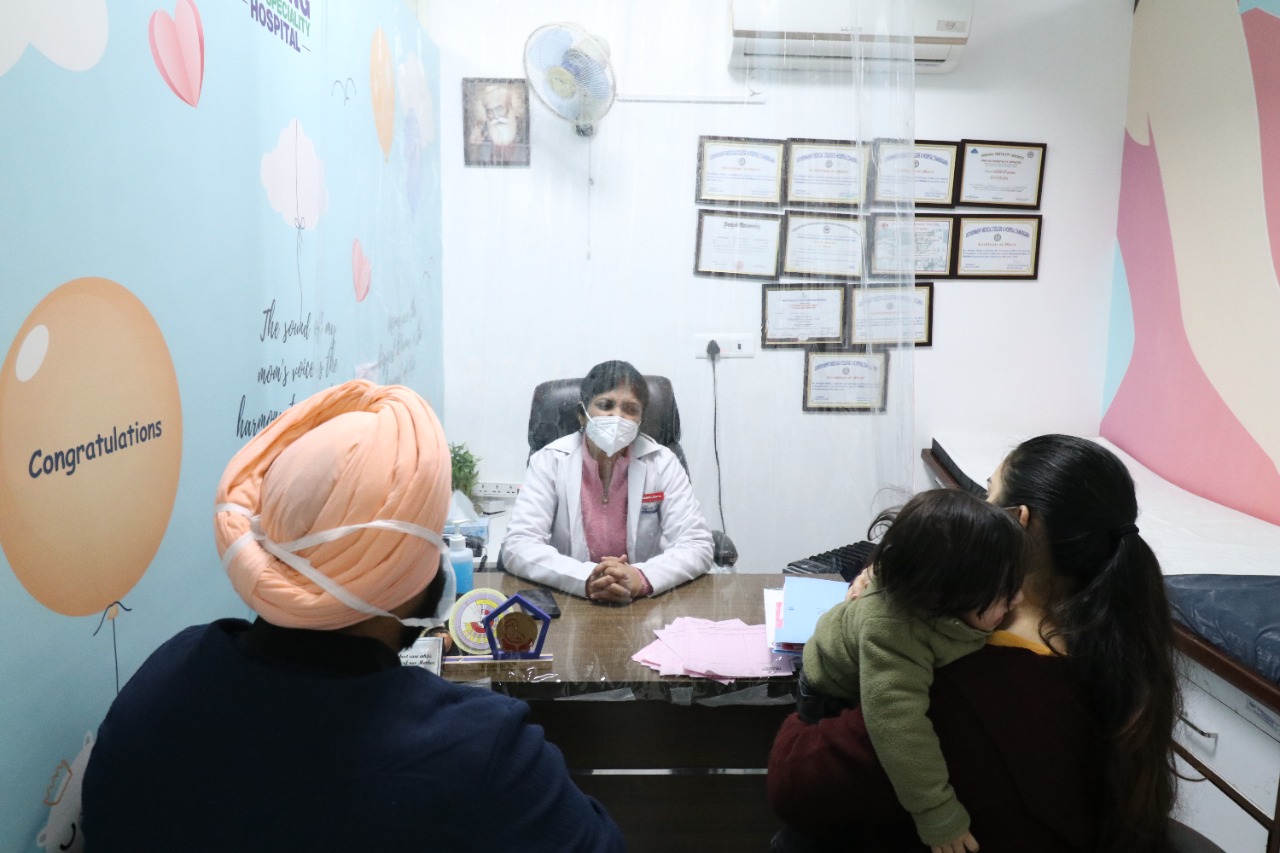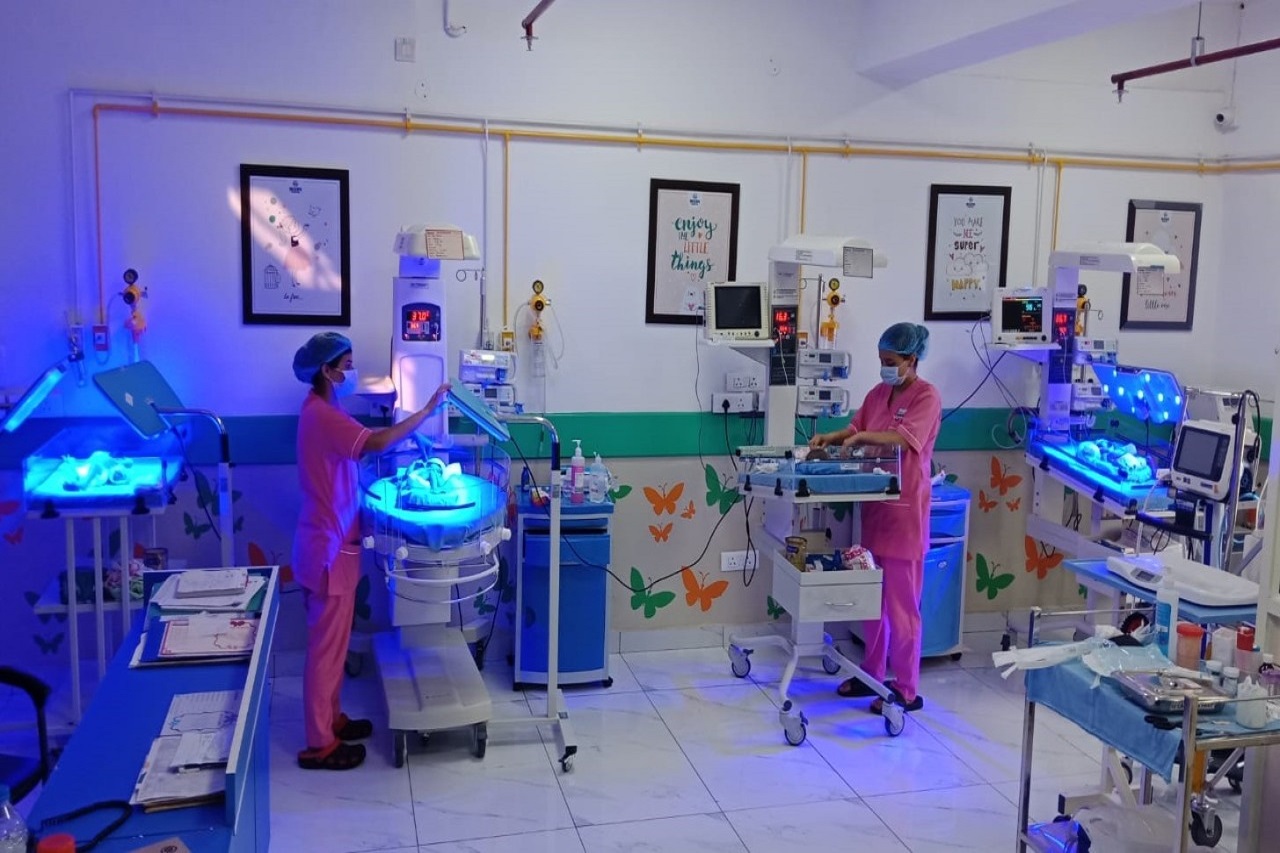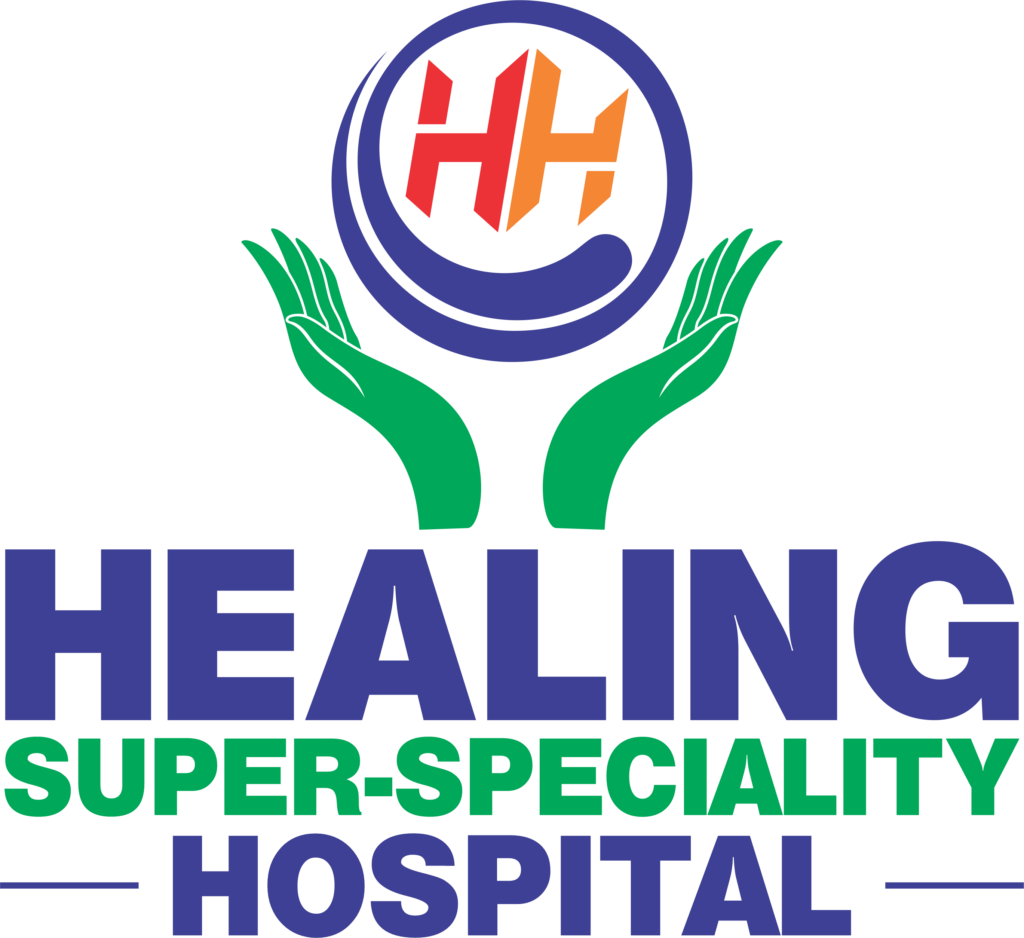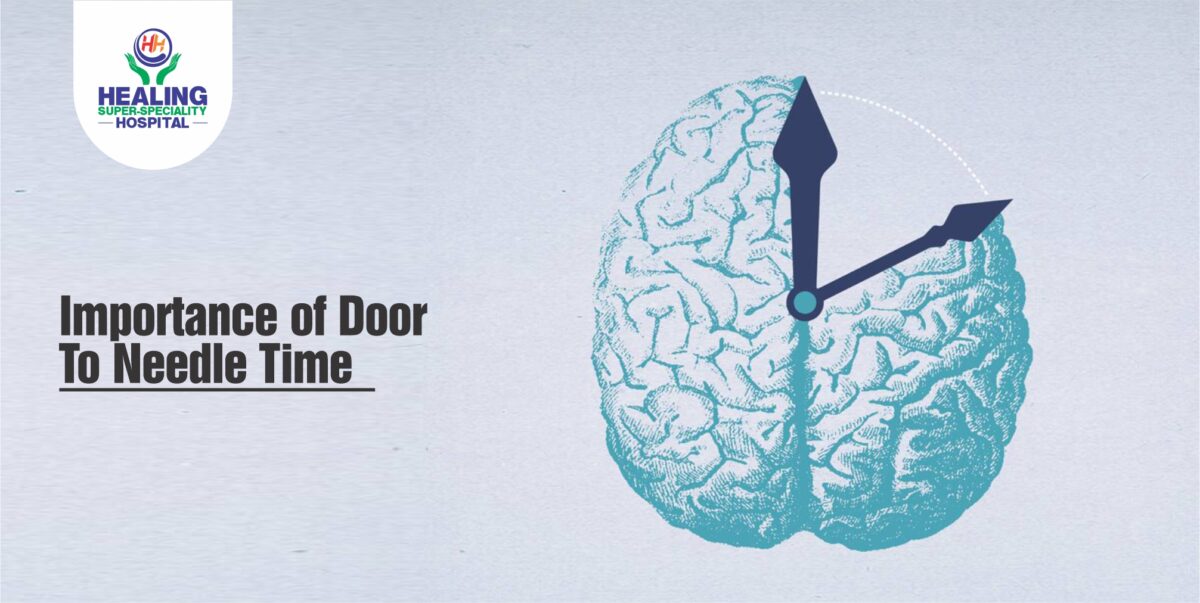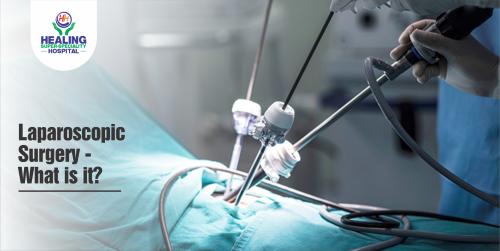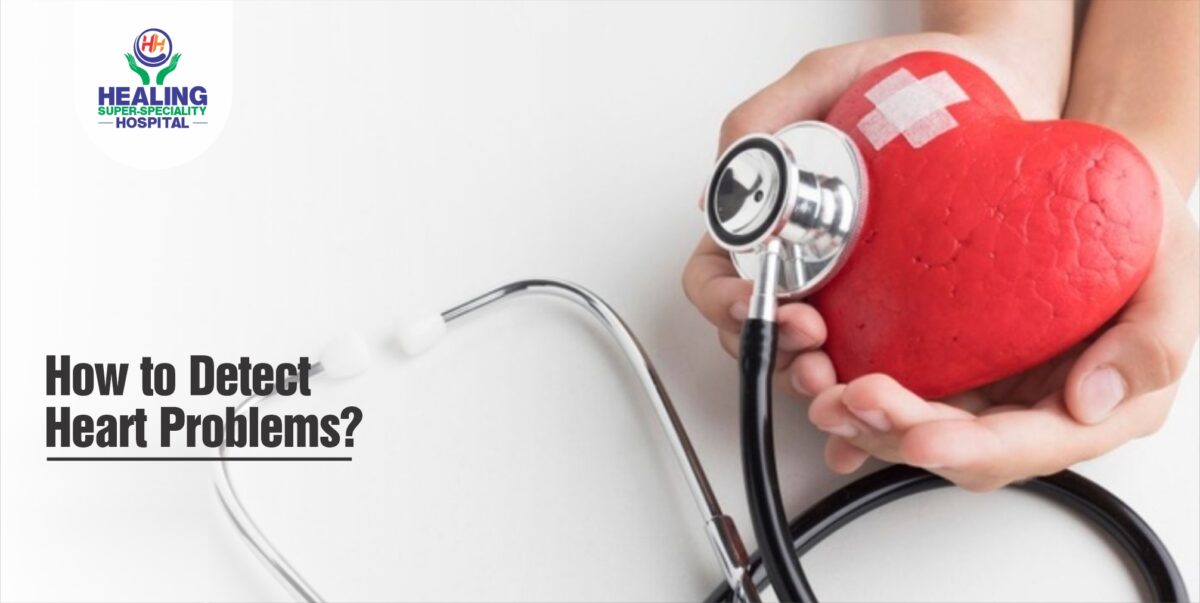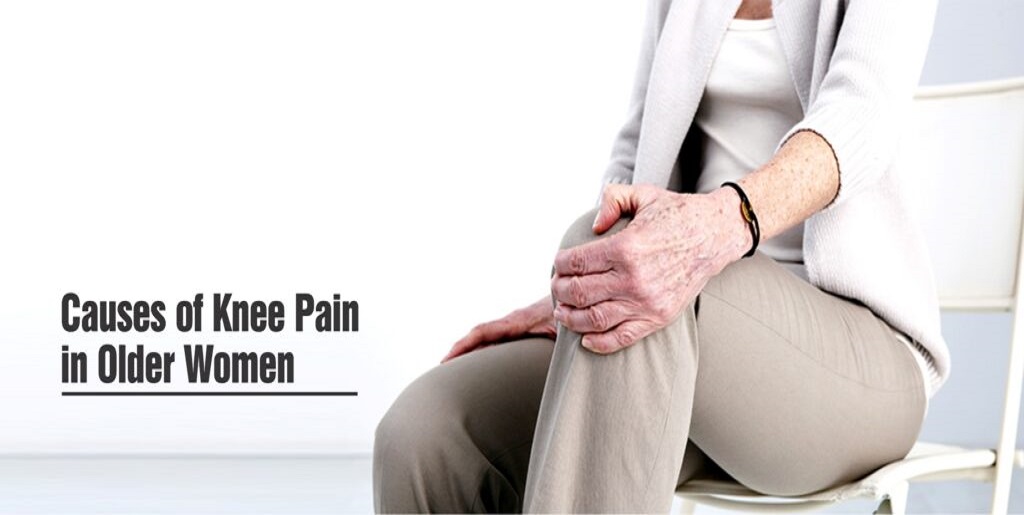- Any vein close to the skin’s surface can become twisted and enlarged, leading to a condition known as varicose veins. Our lower body bears most of the brunt of standing and walking and therefore veins in the legs are most affected by varicose veins.
- Symptoms of varicose veins include: dark purple and blue colored veins that look like cords and appear on the legs. Your legs might become heavy and the pain worsens after standing or sitting for prolonged periods of time. Discoloration of the skin along with itchiness can also show up.
- Varicose veins are generally caused by wear and tear of the valves that can occur due to ageing. Hormonal changes in women during menstruation, pregnancy and menopause makes them more susceptible to varicose veins. Obesity is another risk factor that increases your likelihood of getting varicose veins.
- Timely treatment of varicose is a must if you want to avoid complications such as painful ulcers near varicose veins, blood clots or bursting of varicose veins.
- It is important to exercise regularly, eat a high-fiber diet, keep your weight in check and avoid standing or sitting for long stretches so as to prevent the occurrence of varicose veins.
- Varicose veins are diagnosed through a venous doppler ultrasound of the leg. Once the presence of varicose veins is confirmed, various treatment options are suggested by the specialist doctor depending on your condition.
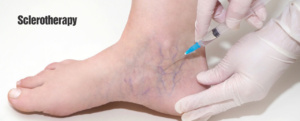
1. Sclerotherapy: A solution or foam is injected into the varicose veins that scars and shuts down the affected veins. This procedure is done on an outpatient basis and does not require anesthesia.
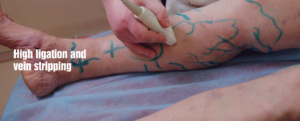
2. High ligation and vein stripping: In this procedure, a vein is tied off before it connects a deep vein. The vein is then removed through small cuts. This is also an outpatient procedure.
3. Ambulatory phlebectomy: Tiny punctures are made through which smaller varicose veins are removed. This procedure involves minimal scarring and only the parts of leg that are being punctured are numbed.
4. Laser treatment: This treatment does not involve any cuts or needles. Strong bursts of light are sent onto the vein due to which it slowly vanishes and disappears completely.
5. Catheter-based procedures: Generally used for the treatment of larger varicose veins, these procedures involve inserting a catheter (thin tube) into an enlarged vein. Laser frequency or laser energy is used to heat the tip of the catheter. This heat destroys the vein completely and shuts it down.
FOR MORE INFORMATION AND APPOINTMENT CALL:
+0172-5088883, +91 9464343434
